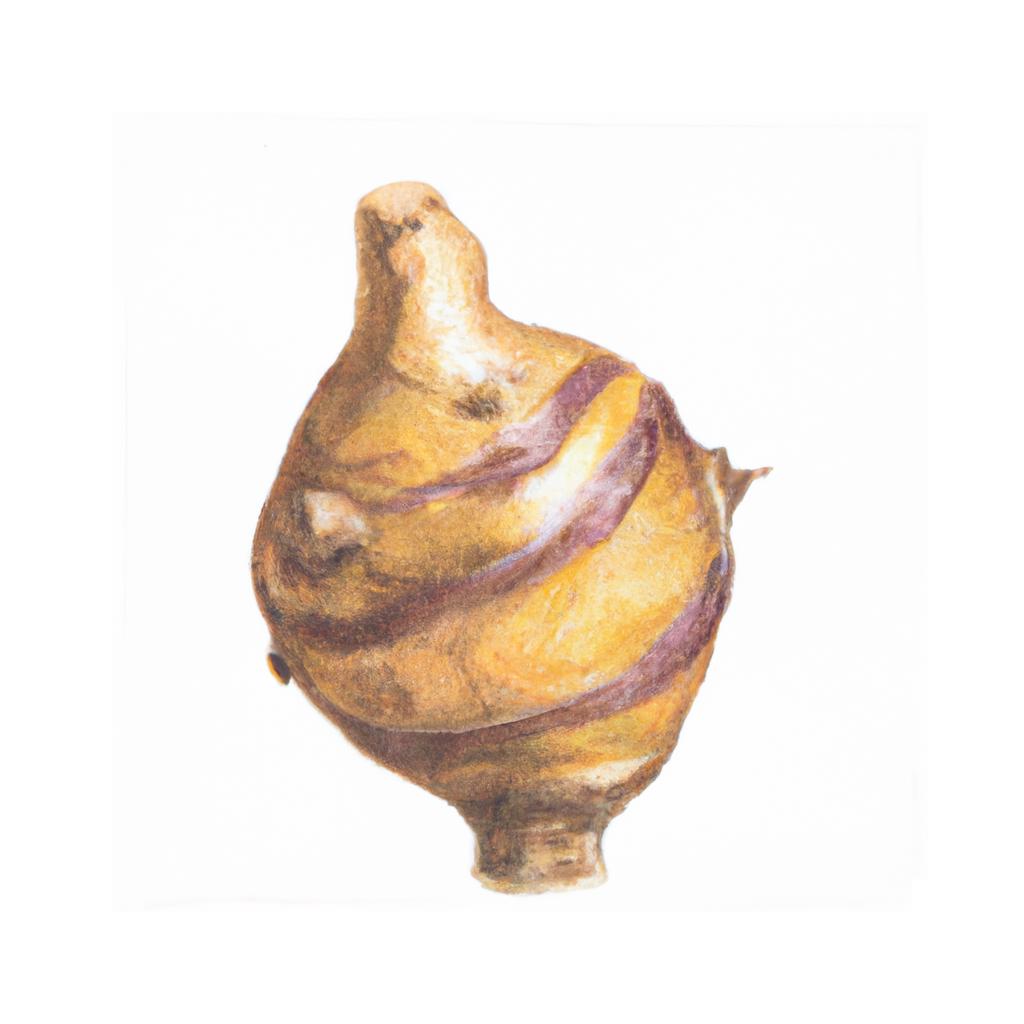
Jerusalem Artichoke, also known as sunchoke or earth apple, is a tuberous vegetable that belongs to the sunflower family (Helianthus tuberosus). It is native to North America and was cultivated by the Indigenous peoples long before the arrival of Europeans. The name 'Jerusalem' in its name is actually a mispronunciation of the Italian word 'girasole', which means sunflower, while 'artichoke' refers to its mild taste resembling that of an artichoke.
This versatile root vegetable has a unique flavor profile, subtle sweetness, and a crunchy texture when raw. Its skin is thin and varies in color from pale brown to reddish-brown. Jerusalem Artichokes are rich in inulin, a type of prebiotic fiber that promotes gut health, as well as essential nutrients like iron, potassium, and vitamin C.
Jerusalem Artichokes can be prepared in various ways, from raw to cooked dishes. Raw sunchokes can be sliced and added to salads, or they can be boiled, steamed, or roasted to bring out their natural flavors. They make a delicious addition to soups, purees, or stews, and pair well with other earthy ingredients like mushrooms, onions, and garlic. Additionally, Jerusalem Artichokes can be used as a substitute for potatoes in many recipes due to their similar consistency.
In terms of cultivation, Jerusalem Artichokes are fairly low-maintenance plants that grow well in full sun and well-drained soil. They can tolerate varying soil conditions and even thrive in poor soil. The tubers are typically harvested in fall or early winter after the plant's flowers have wilted, and they can be left in the ground until needed. However, gardeners should be mindful of their tendency to spread, as Jerusalem Artichokes can quickly take over a garden if not properly managed.
This is advice is most applicable to growers in the UK, you may need to adjust the timings if you live somewhere with a different climate and/or seasons.
| Month | Tasks | Advice |
|---|---|---|
| January | - | - |
| February | Prepare the soil by adding organic matter and removing weeds, | - |
| March | Plant tubers around 10-15cm deep and 30cm apart, | Artichokes grow tall, so plant them in an area where they won't block sunlight for other vegetables. |
| April | - | Harvest any remaining tubers from last year's planting before new growth begins |
| May | - | - |
| June | Water plants regularly during dry spells, | - |
| July | Water plants regularly during dry spells, | - |
| August | Water plants regularly during dry spells, | - |
| September | Cut back foliage after it has died down, | Begin harvesting tubers when ready, usually around this time |
| October | Continue harvesting tubers, | - |
| November | Harvest any remaining tubers before the ground freezes, | - |
| December | - | - |